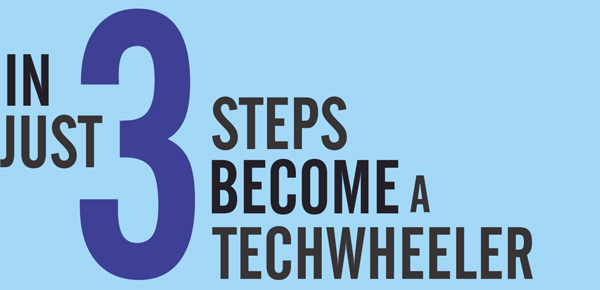Key Features

Safety
- Only employees of on-board companies with valid ID card can register for service
- Each user carries a QR coded journey pass with all necessary company details, journey pass duration and payment details
- Pass is scanned by the transport executive prior to boarding the bus each day
- No standing is allowed on the bus
Tracking
In case of all routes, the user decides on bus route and tracks the bus via a dedicated app
Flexibility
User has flexibility to get on/off anywhere on the decided route, however there is no variation in the payment which is made for entire journey and number of journeys
The TechWheels Advantage
A paradigm shift in the way we travel to work
Convenience
Safety
User flexibility
Comfort
Customer service
Digital transaction
To reduce congestion by offering an employee-centric, shared shuttle service which benefits user and employer equally with an emphasis on the above features







